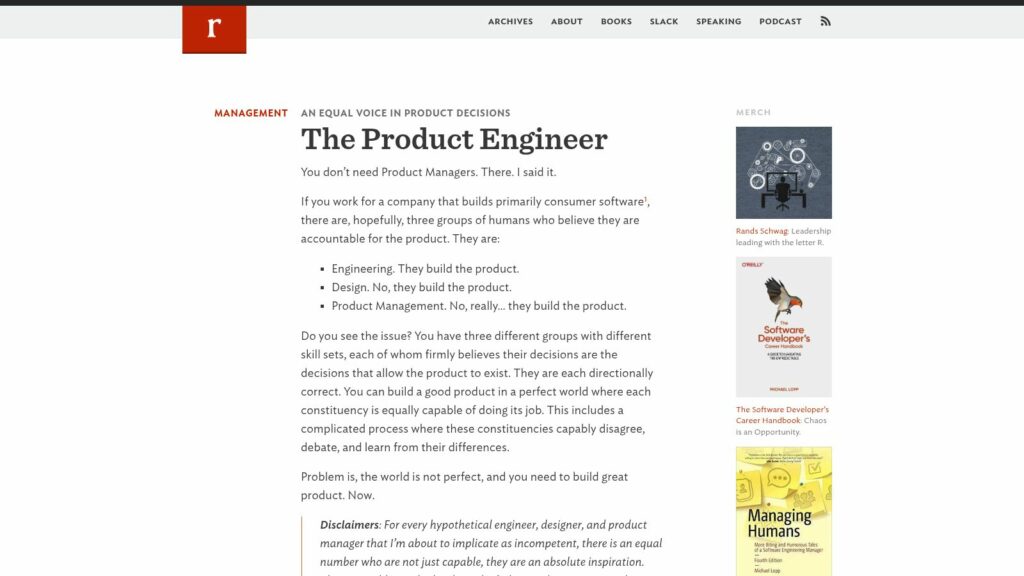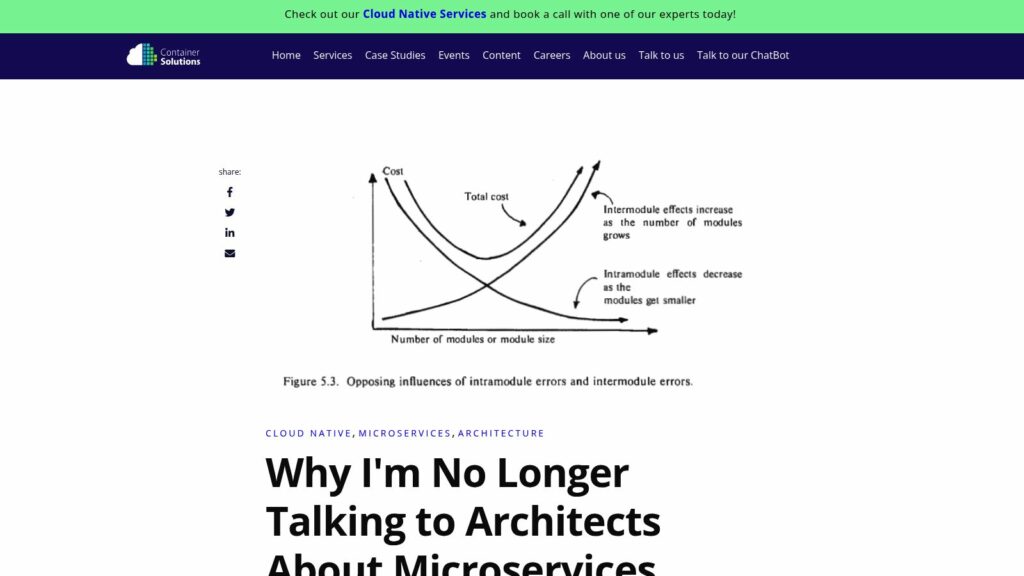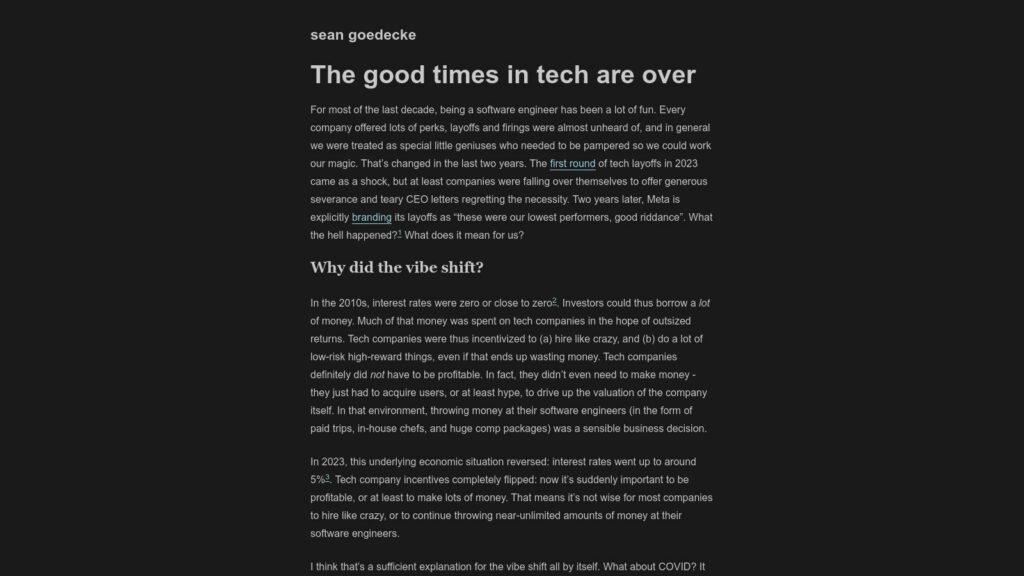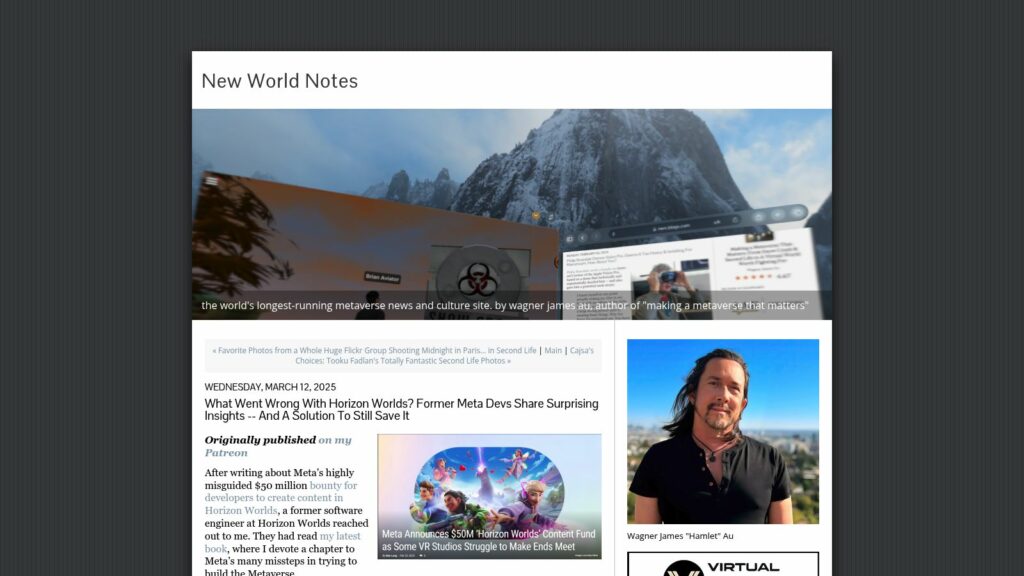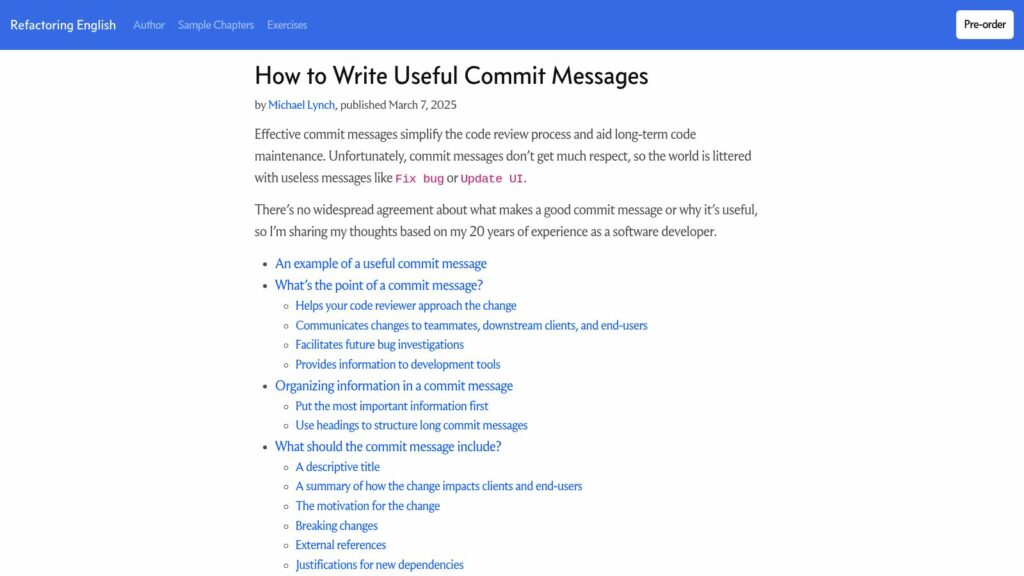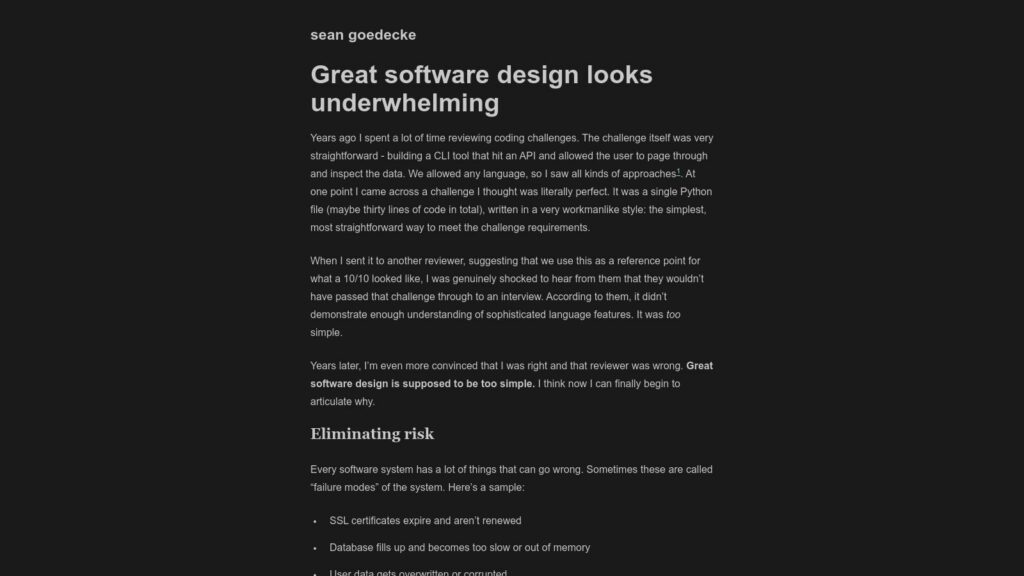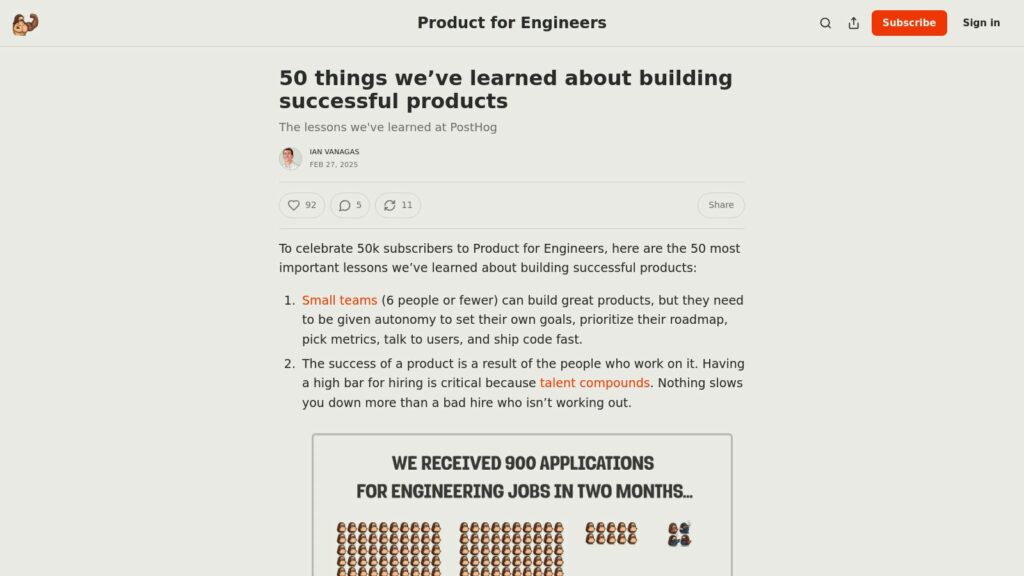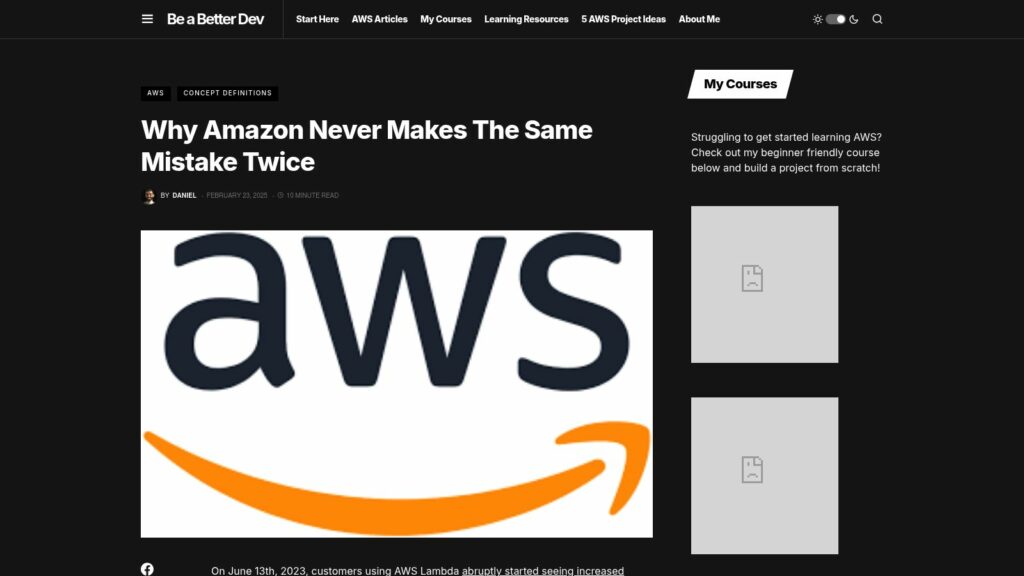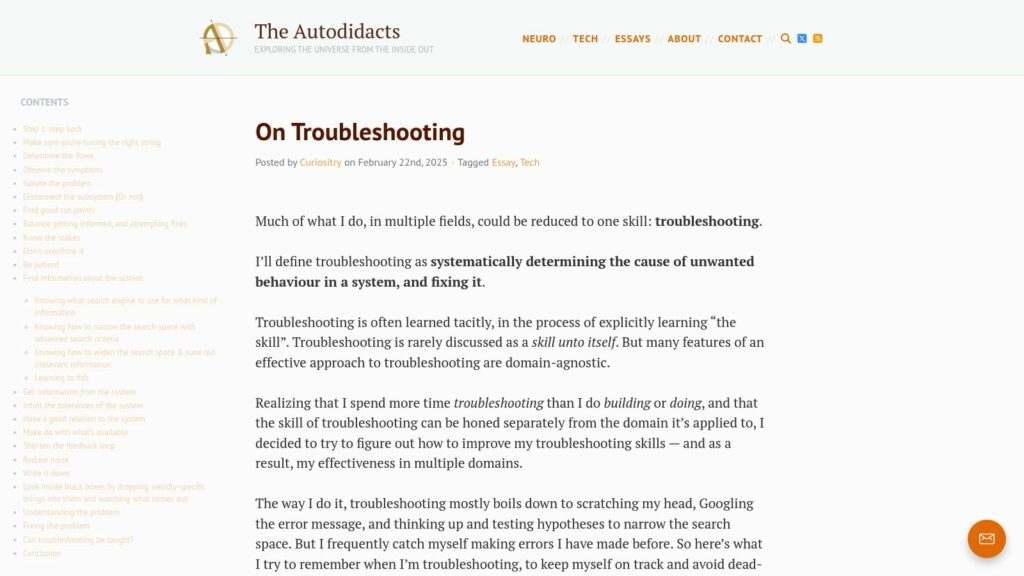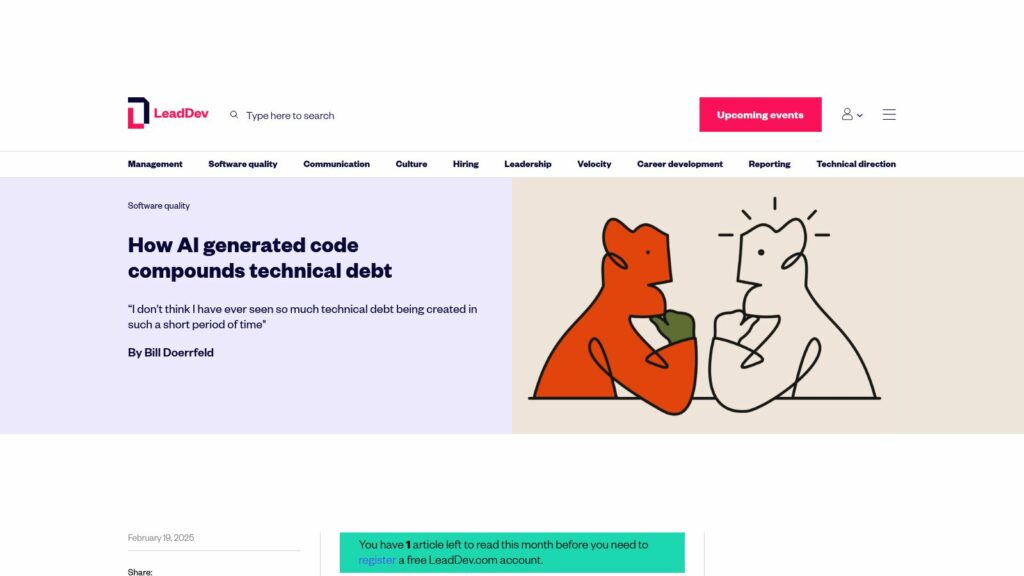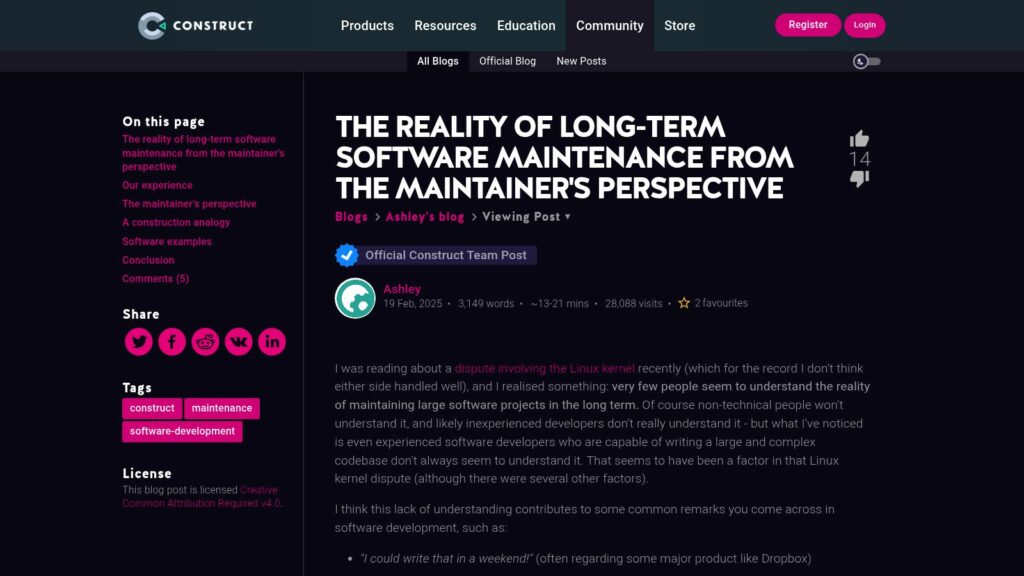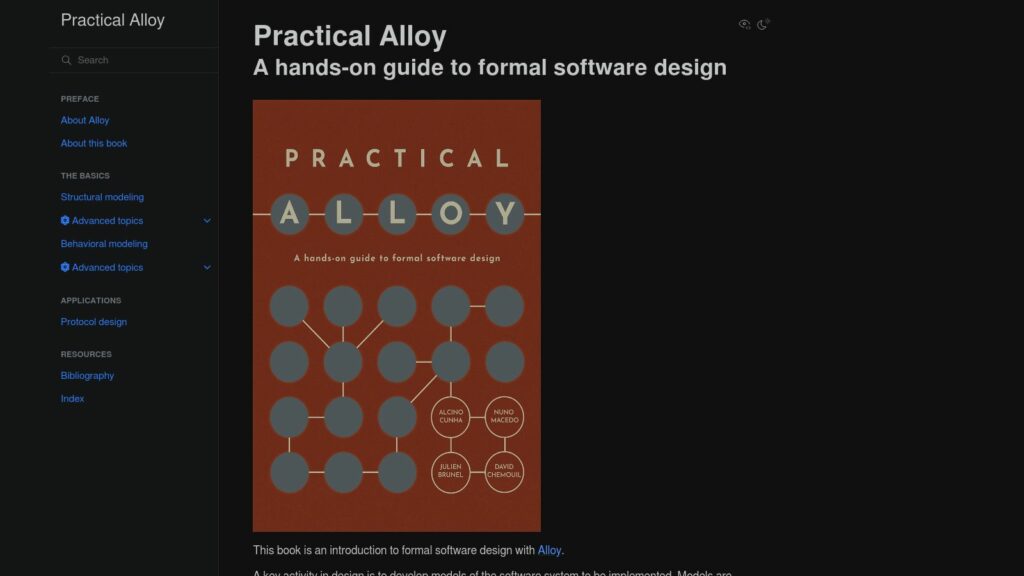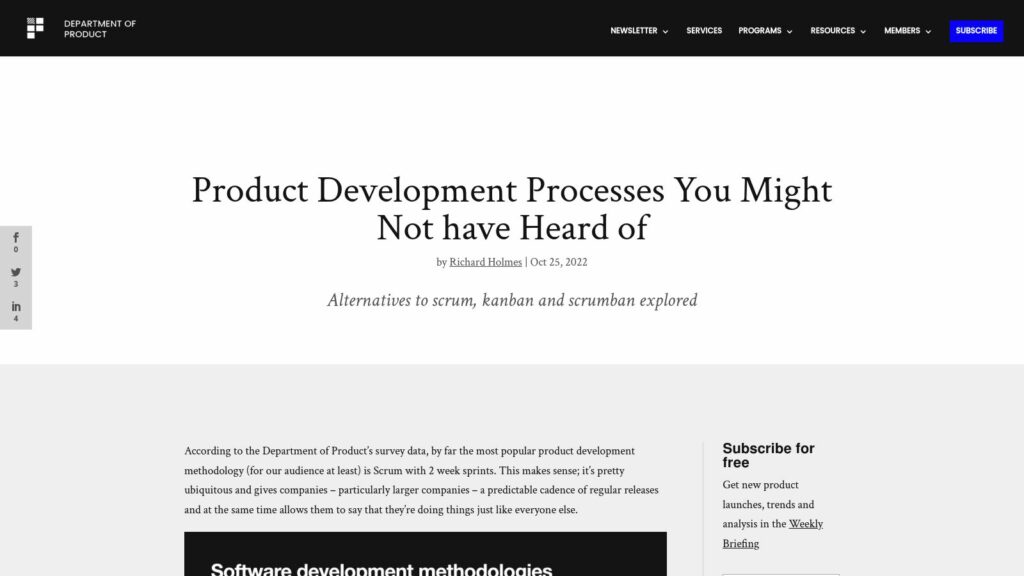The Product Engineer
Product Engineers can replace Product Managers in consumer software roles by fostering equal participation among Engineering, Design, and Product teams. Current structures often create dysfunction, with Product Managers overstepping by acting as decision-makers, Designers becoming entrenched in their own processes, and Engineers feeling disconnected due to unclear directives. A Product Engineer possesses in-depth product knowledge, drives accountability, and promotes clear communication across teams. Successful product outcomes stem from empowering those who build to share product responsibilities, minimizing reliance on conventional Product Managers.

